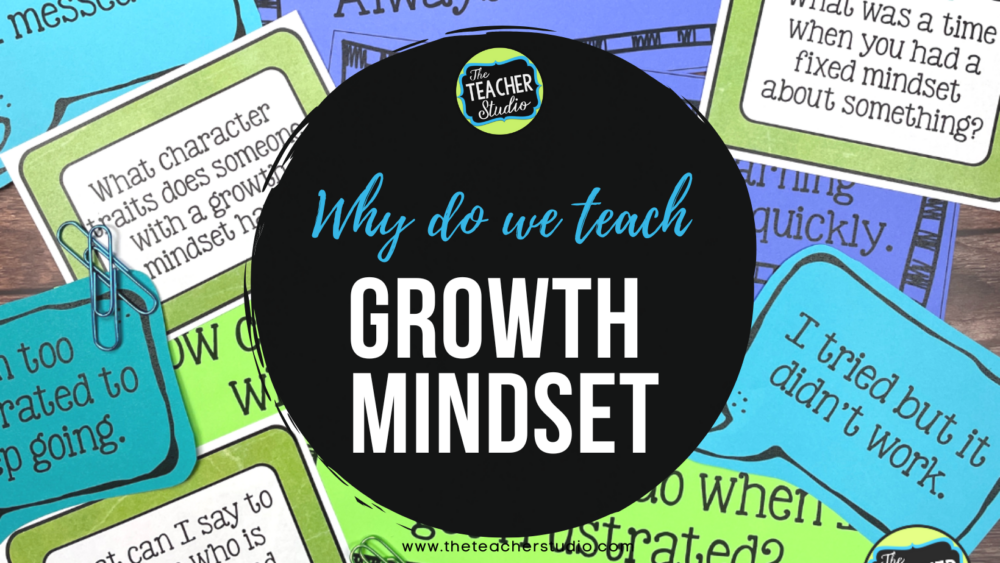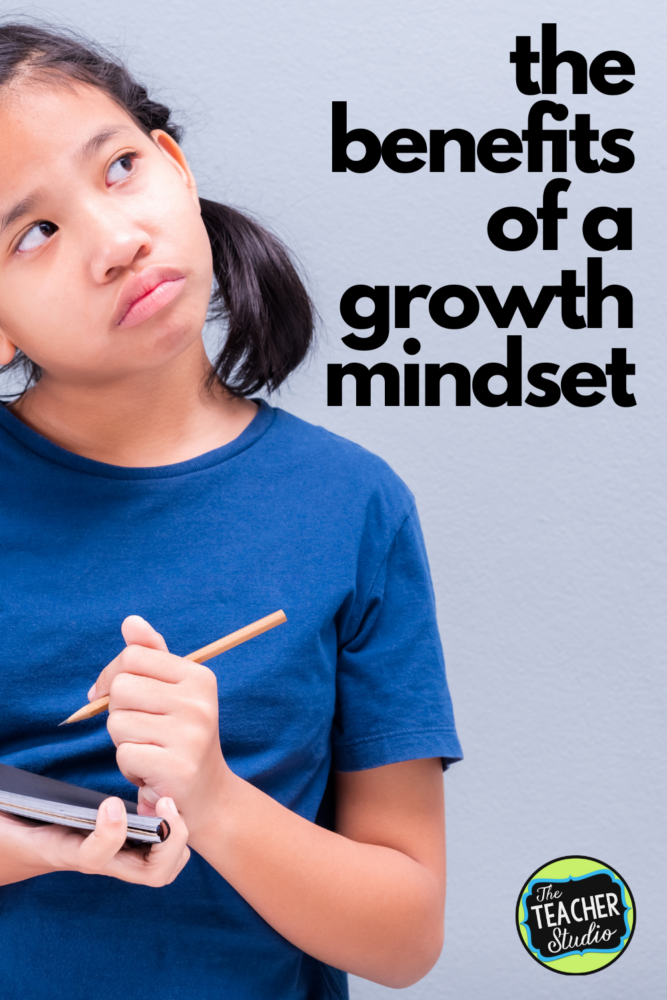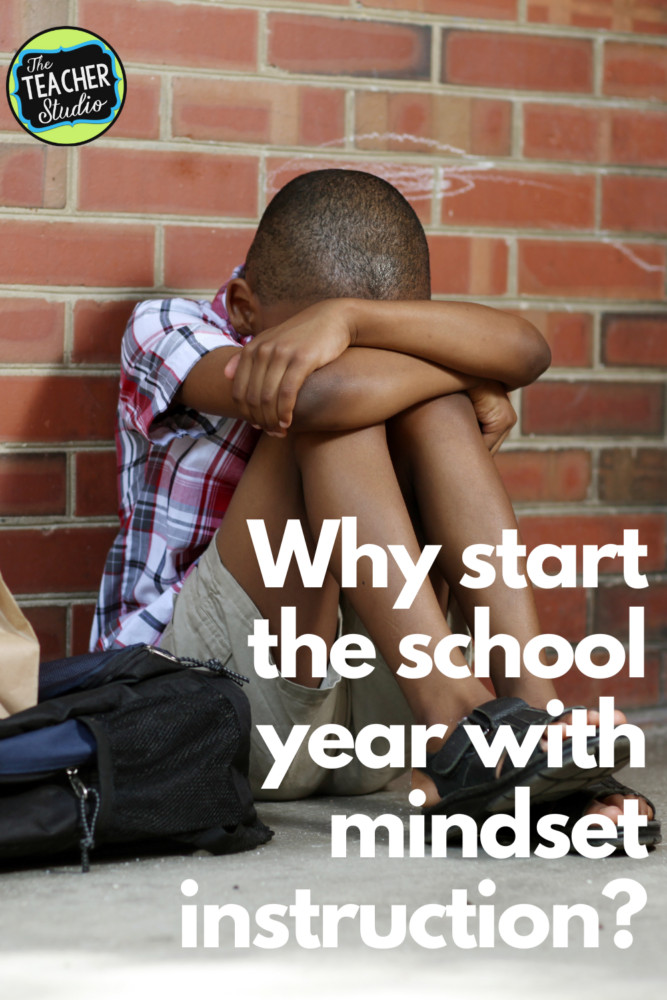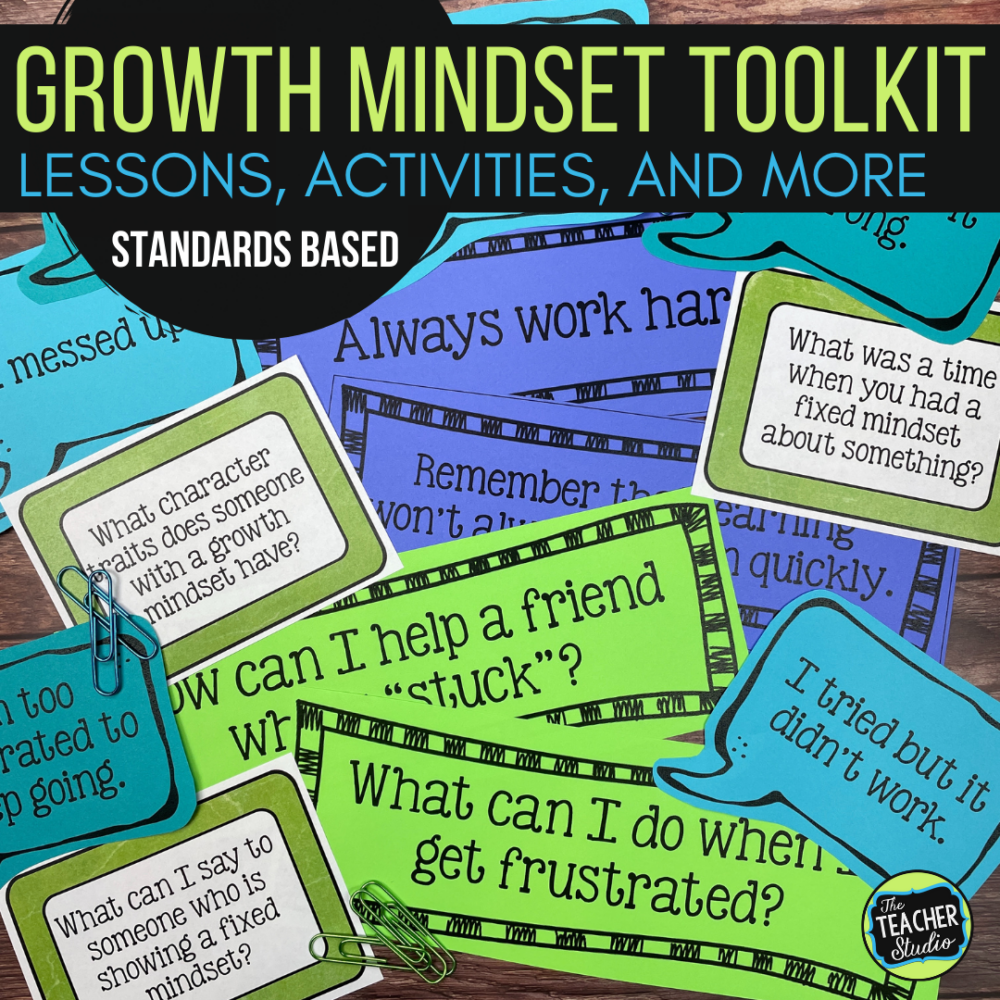Teaching Growth Mindset in the First Weeks of School
The first weeks of school are a critical time for setting the tone for the rest of the year. This is the time when students are forming their impressions of their teachers, their classmates, and their school. It is also the time when they are starting to develop their mindsets about learning.
Just to clarify, a growth mindset is the belief that intelligence and abilities can be developed through hard work and effort. A fixed mindset, on the other hand, is the belief that intelligence and abilities are fixed and cannot be changed. With young children, we need to help them understand that they have the power to make a difference in their own learning!
Why is this important?
There are many reasons why it is important to teach growth mindset. First, students with a growth mindset are more likely to be motivated to learn. They believe that they can improve their abilities, so they are more likely to put in the effort to succeed. Second, students with a growth mindset are more likely to succeed academically. Studies have shown that students with a growth mindset have higher grades and test scores than students with a fixed mindset.
Additionally, students with a growth mindset are less likely to experience stress. They believe that they can learn from their mistakes, so they are not afraid to take risks. Students with a growth mindset are more resilient. They bounce back from setbacks and challenges more easily. Finally, students with a growth mindset are more creative. They believe that they can come up with new ideas and solutions, so they are more likely to take risks and try new things.
Students with a growth mindset are more likely to:
-
- Persevere in the face of challenges. They don’t give up easily when they encounter difficulty. Instead, they see challenges as opportunities to learn and grow.
- Take risks. They are not afraid to try new things, even if they are afraid of failing. They know that failure is a natural part of learning.
- Be resilient. They bounce back from setbacks and disappointments. They don’t let failure define them. This refers to academics and other life events.
- Be motivated to learn. They are excited to learn new things and they are always looking for ways to improve themselves.
- Be creative thinkers and problem solvers. Because they are willing to take risks and even “fail”, students with a growth mindset are more likely to think outside the box, try different strategies, and even experiment with different ideas and techniques.
What happens if we fail to help students develop a growth mindset?
A young child with a fixed mindset believes that their intelligence and abilities are set in stone. This can lead to a number of school-related problems that are hard to unlearn. This is another reason why investing time at the beginning of the school year is so important. Of course–as with everything–it isn’t enough to work with this in the first weeks of school. We, as teachers, need to continually follow up, reteach, model, and more. So what happens if we don’t?
-
-
- Avoiding challenges: Children with a fixed mindset may avoid challenges because they are afraid of failing. They may believe that if they don’t do well, it means they are not smart or capable.
- Giving up easily: When children with a fixed mindset do encounter challenges, they may give up easily. They may believe that they are not smart enough to succeed, so there is no point in trying.
- Being overly critical of themselves: Children with a fixed mindset may be overly critical of themselves. They may focus on their weaknesses and mistakes, and they may not give themselves credit for their strengths.
- Not enjoying learning: Children with a fixed mindset may not enjoy learning. They may see it as a chore or a punishment, rather than an opportunity to grow and develop.
-
Here are some tips for incorporating growth mindset activities early in the school year:
- Use language that emphasizes effort and improvement, rather than intelligence or talent. For example, instead of saying “You’re so smart,” say “You worked really hard on that.” Students quickly learn that effort is rewarded–no matter what background knowledge and skills they bring into your class.
- Create a classroom environment where students feel safe to take risks and make mistakes. I cannot stress this enough. Hang up signs about it. Talk about it. Model your own mistakes. Celebrate mistakes and show how mistakes are great opportunities to refine thinking.
- Provide students with opportunities to learn from their mistakes. For example, after a student makes a mistake, ask them what they could do differently next time. Provide feedback that is specific, actionable, and positive. I love to showcase different mistakes that are made. Ask the question, “Who ELSE made that mistake?” and celebrate it. Reminding students that recognizing mistakes grows connections in the brain is so important.
- Use language that emphasizes effort and improvement. Be mindful of stressing “correctness” and completion.
- Provide students with challenges that are just right. This means helping students find books to read that are a good fit. It involves making sure all students have access to math and other work that pushes their thinking and stretches them.
- Encourage students to set goals and work towards them. Make sure these are MEANINGFUL goals! Talk about the purpose of goal setting and the language of goal setting.
Check out this blog post I wrote about setting reading goals! This is one of my favorite projects early in the year!
Three more things…
- There ARE some things to keep in mind when addressing mindset in the classroom. I have a separate blog post all about misconceptions when teaching growth mindset and I’d love for you to check it out.
2. If you want help incorporating growth mindset activities into your classroom, I have just what you need. CLICK HERE or the image below to learn more.
3. I even have a freebie to get you started if this is all new to you! CHECK IT OUT!
Thank for stopping by!









